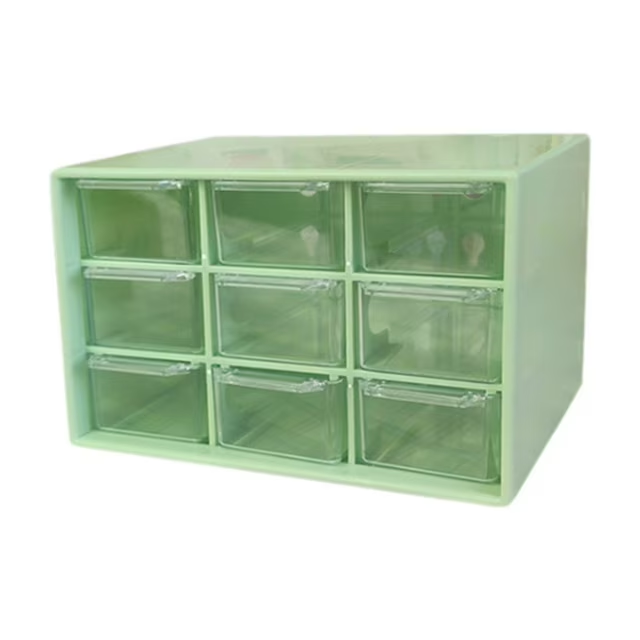When setting up a dartboard, one of the most important measurements is the dart board distance. Getting this right ensures fair play, improves accuracy, and matches official standards used in tournaments. Whether you’re installing a board at home or preparing for…
The Marlboro rally car is more than just a race vehicle. It represents a bold era when tobacco branding dominated motorsports. Known for its striking red-and-white livery, the Marlboro rally car became a symbol of speed, risk, and global marketing…
If your Xbox One won’t display video or loses signal intermittently, the issue might stem from a damaged HDMI port. In such cases, an xbox one hdmi port replacement is often the most effective long-term solution. This repair restores full connectivity between…
Benefits of Using a Desk Organizer Enhancing Productivity and Focus A desk caddy organizer helps to keep essentials within easy reach. This reduces time spent searching for items and boosts efficiency. Organized spaces create a visually calm environment, aiding concentration….
In today’s fast-paced world, maintaining an organized workspace is essential for productivity and mental clarity. An aesthetic desk organizer not only keeps your desk clutter-free but also enhances the visual appeal of your workspace. Whether you’re a student, a professional, or someone…
A well-organized desk can significantly enhance your productivity and create a more pleasant working environment. One essential tool for achieving this organization is a small drawer organizer for desk. These compact organizers help keep your workspace tidy by efficiently storing pens,…
A clutter-free desk not only boosts productivity but also creates a serene work environment. One essential tool for achieving this is a file folder organizer for desk. This practical accessory helps you manage documents, reduce chaos, and maintain an orderly workspace….
In today’s fast-paced world, maintaining an organized workspace is essential for productivity and efficiency. A metal desk organizer serves as both a practical tool and a stylish accessory, helping you keep your essentials in order while adding a touch of sophistication to…
In today’s fast-paced world, maintaining an organized workspace is essential for productivity and peace of mind. A desk top file organizer serves as a pivotal tool in achieving this goal. By systematically arranging your documents, stationery, and other essentials, a desk top…
In today’s digital age, maintaining a tidy and efficient workspace is more important than ever. A cluttered desk not only hampers productivity but also creates unnecessary stress. One of the most effective solutions to keep your workspace organized is an under…









